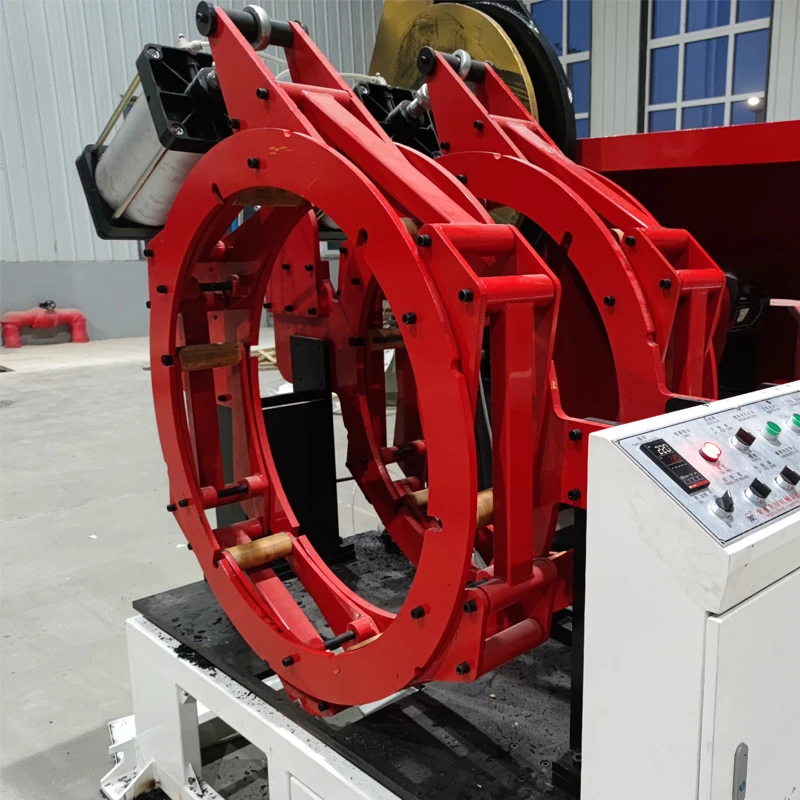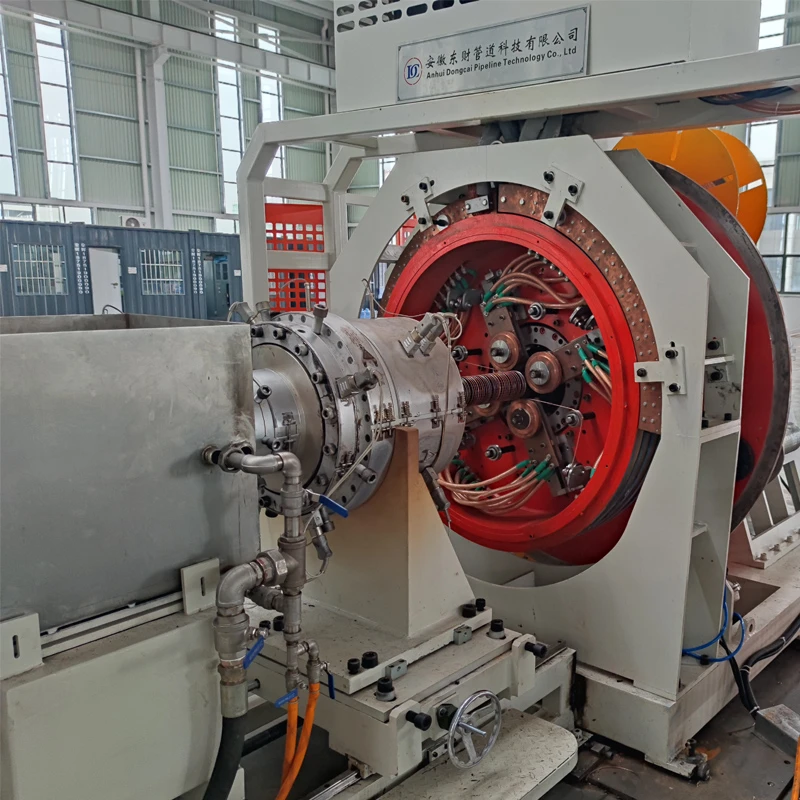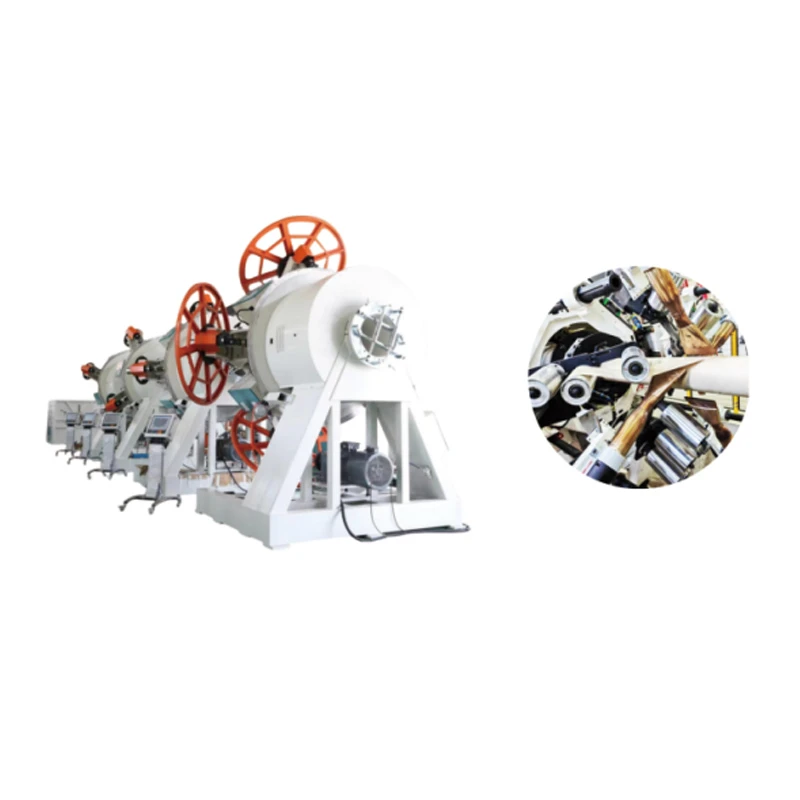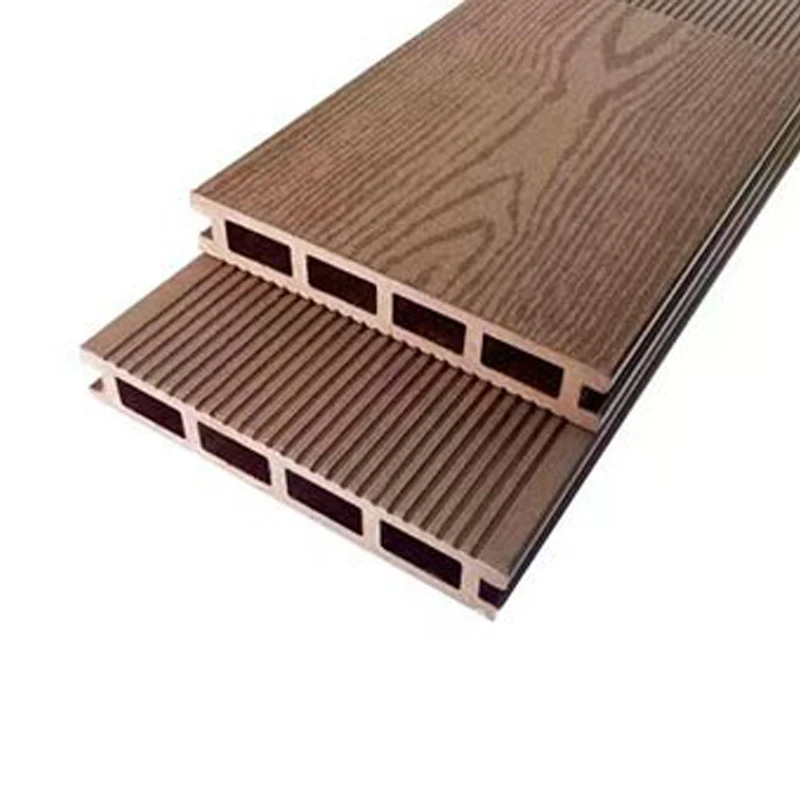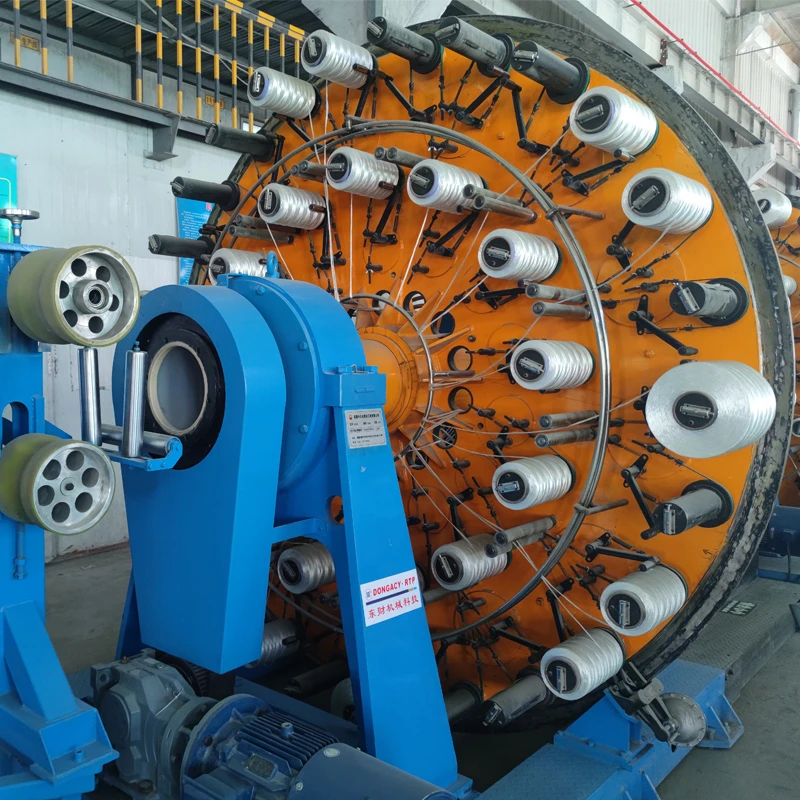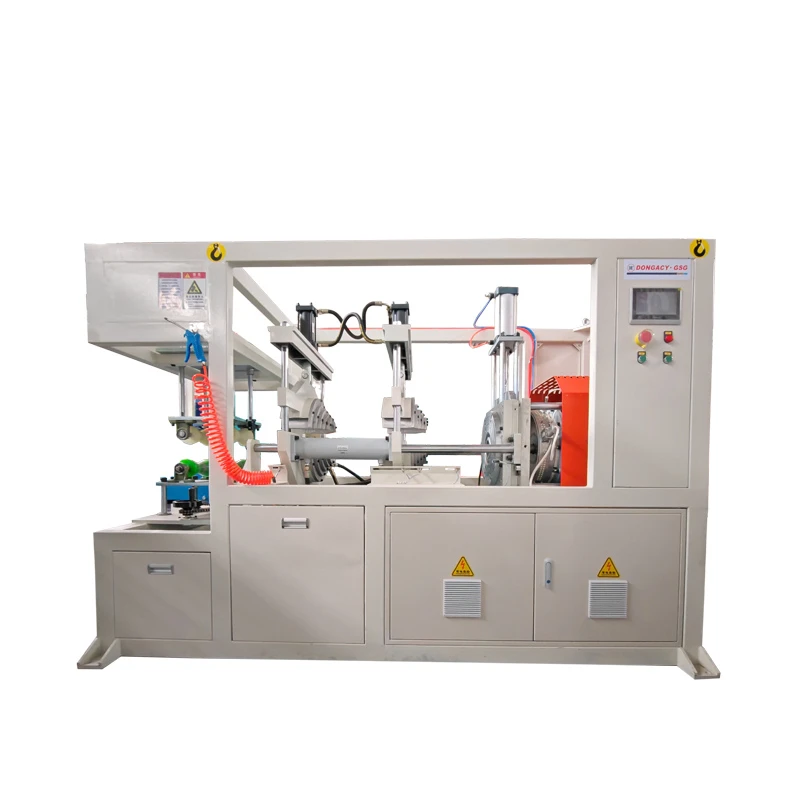
The composite pipe production line represents a cutting-edge solution in modern manufacturing, designed to produce high-strength, corrosion-resistant polyethylene composite pipes reinforced with a steel wire mesh skeleton. This advanced production system combines precision engineering, automation, and innovative material science to meet the demands of diverse industries. Below is a comprehensive analysis of its features, advantages, technical specifications, and applications.
Product Overview
The composite pipe production line is a state-of-the-art system that integrates multiple components, including a high-speed extruder, precision die, vacuum setting table, traction unit, cutting machine, and a full-automatic sealing machine. The entire line is controlled by a PLC (Programmable Logic Controller) computer system, ensuring high automation, safety, and efficiency. This design allows for stable high-speed production, reduced energy consumption, and minimal operational noise, making it an ideal choice for manufacturers seeking to optimize productivity and reduce waste.
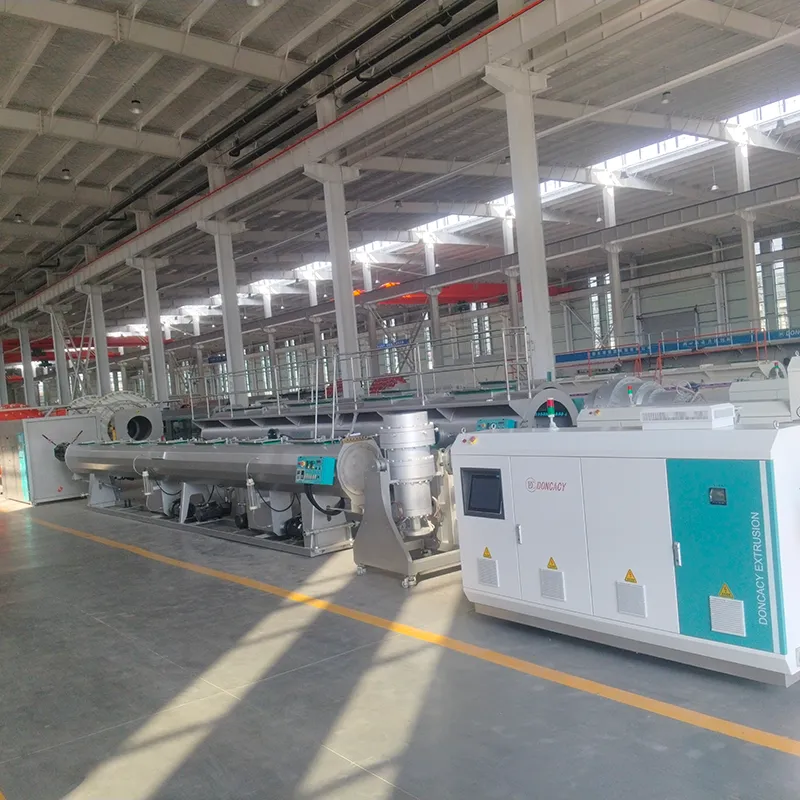
Key Highlights
1. Advanced Electrical and Mechanical Components
The main engine of the production line utilizes international first-line brand electrical components, ensuring reliability and durability. The dies and screws are crafted from 40Cr alloy structural steel, offering exceptional strength and wear resistance. The ceramic heating rings, wrapped with an insulation layer, provide rapid and uniform heating, while the incremental rings on the inner and outer walls enhance thermal efficiency. The gear box is equipped with a condenser, ensuring a stable and fast discharging speed.
2. Precision Vacuum System
The vacuum box is constructed from 304 stainless steel, which is bent and welded in a single process to maintain structural integrity. All internal components are laser-cut for precision, and the system is controlled by an intensive frequency converter at the spray port. This setup ensures constant temperature control of the water, resulting in low noise levels and an effective cooling effect. The disc-type 304 ball valve allows for electrically adjustable crossbars, providing flexibility in operation.
3. Full-Intelligent Sealing Machine
The full-automatic sealing machine eliminates the need for on-line guards, offering automatic tube unloading and a reliable sealing effect. This feature reduces manual intervention, enhances safety, and ensures consistent product quality.
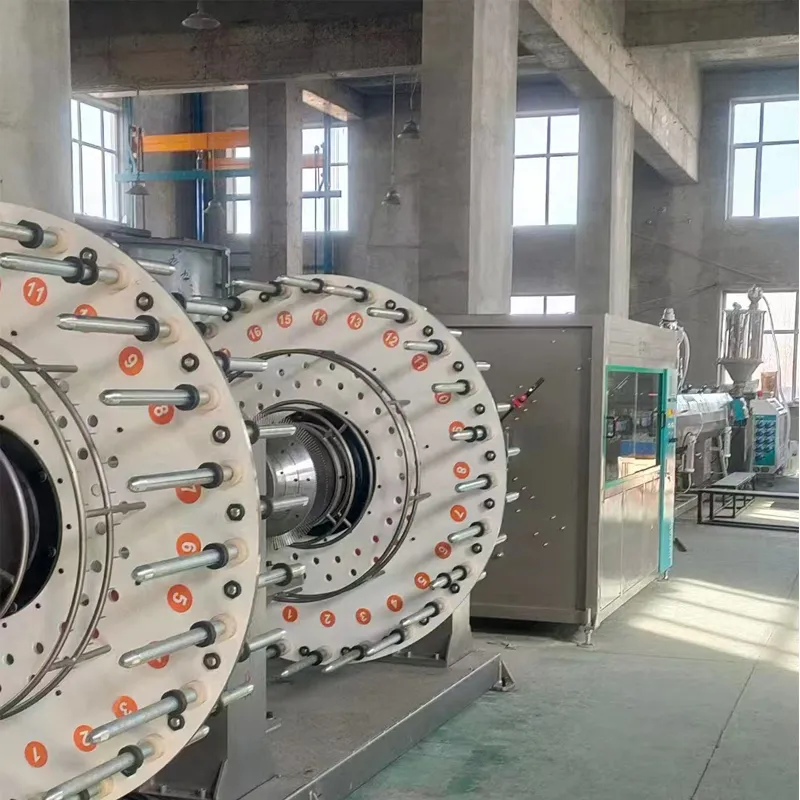
Material and Structural Characteristics
The steel wire mesh composite pipe is composed of high-strength steel wire and thermoplastic polyethylene. The steel wire, wound in a spiral pattern, acts as the skeleton reinforcement, significantly enhancing the pipe's structural integrity. High-performance HDPE modified bonding resin is used to connect the steel wire skeleton with the inner and outer high-density polyethylene layers, ensuring a strong composite effect. This design combines the advantages of both materials, offering superior strength, corrosion resistance, and flexibility.
Performance Advantages
The composite pipe production line overcomes the limitations of traditional steel and plastic pipes while retaining their benefits. Key advantages include:
- Corrosion Resistance: The HDPE matrix prevents rust and chemical degradation, making the pipe suitable for harsh environments.
- Smooth Surface: The inner and outer layers provide a smooth surface, reducing friction and resistance for fluid or gas flow.
- Heat Preservation: The material retains heat efficiently, minimizing energy loss in applications like heating systems.
- Wear Resistance: The reinforced structure resists abrasion, extending the pipe's lifespan.
- Lightweight: The composite design reduces weight compared to steel pipes, facilitating easier installation and transportation.
Additionally, the pipe's strength increases with rising temperatures, and its degree of reduction is lower than that of pure plastic pipes. This makes it ideal for high-temperature applications. The design also prevents rapid cracking, particularly in large-diameter pipelines, ensuring long-term reliability.

Production Technology and Flexibility
The production line employs advanced technology to ensure stable and reliable product quality. By adjusting parameters such as steel wire diameter, mesh spacing, plastic layer thickness, and plastic type, manufacturers can tailor the pipe's properties to meet specific requirements for pressure resistance, temperature resistance, and corrosion resistance. This flexibility allows the system to adapt to diverse industry needs, from municipal infrastructure to industrial applications.
Installation and Maintenance
The steel wire mesh composite pipe is designed for easy installation and maintenance. Its lightweight construction reduces labor costs and simplifies the installation process. The pipes are connected using electric welding joints, a mature and reliable technology that minimizes the risk of leakage. This makes the system suitable for high-pressure transportation environments, including the conveyance of liquids and gases in municipal, industrial, and construction projects.
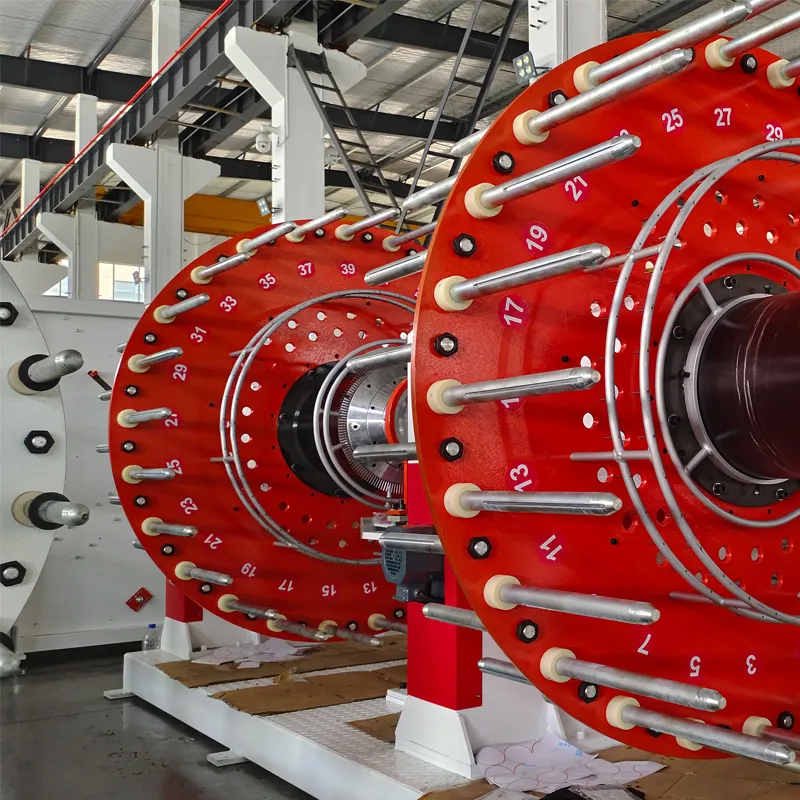
Product Specifications
| Model | Pipe Diameter | Production Speed | Power Consumption (KW) | Installed Power (KW) | Dimensions (L x W x H) |
|---|---|---|---|---|---|
| DCS-160 | 50-160 mm | 2.4 m/min | 110 | 385 | 73 x 4.7 x 3 m |
| DCS-315 | 110-315 mm | 2.4 m/min | 170 | 545 | 75 x 5 x 4 m |
| DCS-630 | 315-630 mm | 1.2 m/min | 260 | 855 | 76 x 6 x 4 m |
| DCS-800 | 500-800 mm | 1.0 m/min | 360 | 1150 | 80 x 6 x 4 m |
| DCS-1000 | 710-1000 mm | 0.6 m/min | 350 | 1150 | 86 x 7 x 4 m |
| DCS-1200 | 800-1200 mm | 0.6 m/min | 460 | 1400 | 100 x 7 x 4.7 m |
Applications
The composite pipe production line is widely used in various industries, including:
- Municipal Engineering: Drainage, ventilation, and water supply systems.
- Industrial Engineering: Conveying liquids and gases in chemical plants and refineries.
- Construction Engineering: Underground cable protection and pipeline installations.
- Sanitary Pipelines: Wastewater and sewage management.
Its versatility makes it a preferred choice for projects requiring durable, high-performance piping solutions.
Company Background
The Anhui Dongchai Machinery Technology Co., Ltd. is a leading manufacturer specializing in advanced machinery and equipment for the plastics and construction industries. With a focus on innovation and quality, the company has established itself as a trusted supplier of production lines for composite pipes and related technologies. Their commitment to research and development ensures that their products meet the highest standards of performance and reliability.
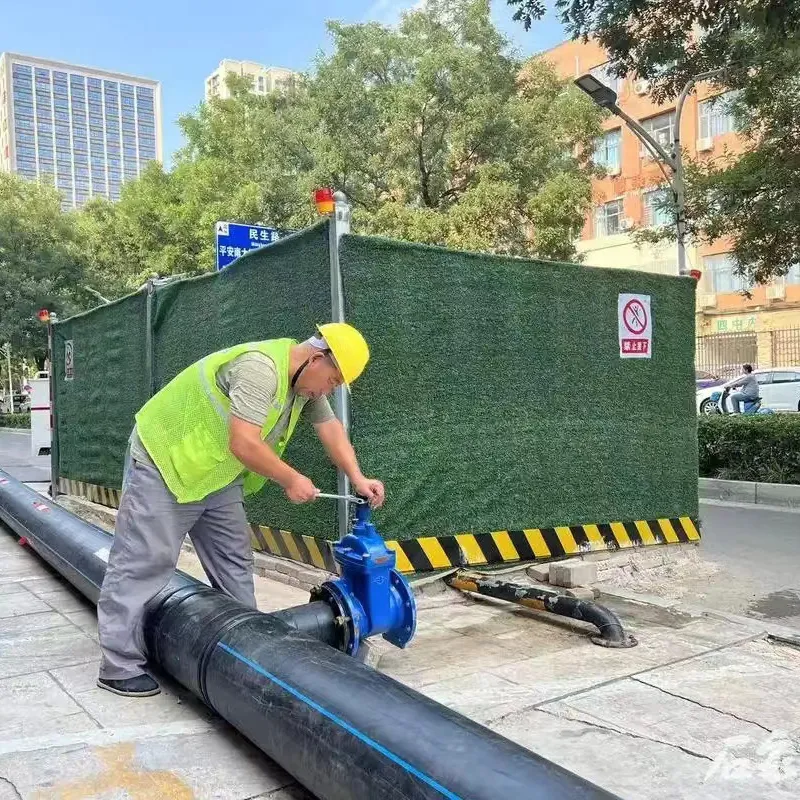
Conclusion
The composite pipe production line is a testament to the advancements in manufacturing technology. Its combination of high-speed production, precision engineering, and adaptable design makes it an essential asset for industries requiring durable and efficient piping solutions. By leveraging the expertise of Anhui Dongchai Machinery Technology Co., Ltd., manufacturers can ensure they are equipped with the tools needed to meet the challenges of modern infrastructure and industrial demands.
References
According to the National Institute of Standards and Technology (NIST), "Advanced manufacturing technologies play a critical role in enhancing the efficiency and sustainability of industrial processes" (https://www.nist.gov). This aligns with the innovations offered by the composite pipe production line, which exemplifies the application of cutting-edge engineering in modern manufacturing.
-
Innovative Solutions in PVC Pipe Production LineNewsJul.18,2025
-
Innovative Solutions in Pipe Extrusion Production LineNewsJul.18,2025
-
Advanced Plastic Profile Extrusion SolutionsNewsJul.18,2025
-
PVC Profiles: The Future of Durable and Cost-Effective Construction SolutionsNewsJun.06,2025
-
PVC Pipe Extrusion LineNewsJun.06,2025
-
High-Quality Polyethylene Pipe Production LineNewsJun.06,2025
-
High-Performance Tube Production LineNewsJun.06,2025

